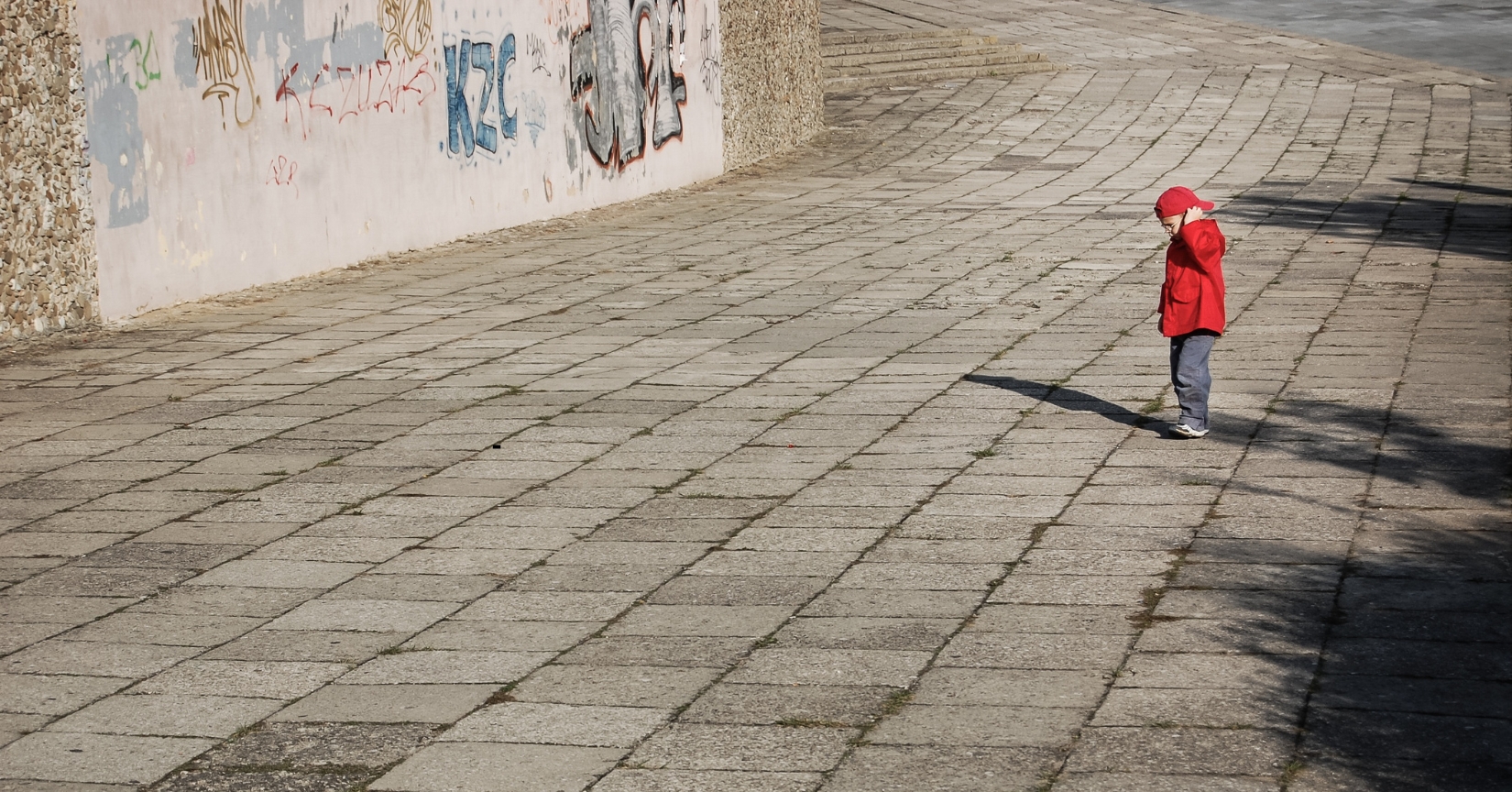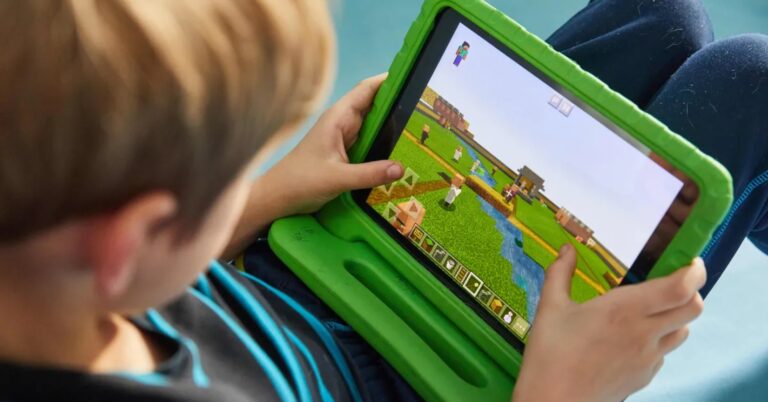It’s every parent’s nightmare: the moment you realize your child is not in sight. But fear not, as I’m here to equip you with a vital safety toolkit.
Understanding the potential of such a situation, it’s crucial to ensure your children know exactly what to do if they ever get lost.
In my years of parenting and safety instruction, I’ve honed these 7 practical steps that are easy for children to remember and execute.
These steps are not just theoretical – they’ve been tried, tested and endorsed by safety experts worldwide. They focus on immediate safety, attracting help, and eventual reunification with guardians.
In this piece, we’ll delve into each of these steps in detail, explaining how to teach them to your child effectively.
Finally, we’ll explore the importance of regular practice, so these steps become second nature to your child, providing you peace of mind and them a layer of protection in uncertain situations.
1. Teaching your child their full name, your full name, and contact information
The first step in preparing your child in case they get lost is to ensure they know their full name, your full name, and contact details. This information can be vital for authorities or good samaritans to help reunite you with your child.
Start with teaching them their full name. Children as young as three can learn and remember this.
Next, move on to your full name. It’s important for them to know that “Mom” or “Dad” is not enough when speaking with strangers or authorities. They need to know your real name.
The third step is teaching them a contact number. It could be your mobile number or home landline. Practice this with them until they memorize it. A good tip is to turn the number into a song or rhyme, making it easier for them to remember.
If they’re too young to remember these details, consider using a safety tattoo or bracelet with this information written on it.
The goal here is not to scare them but to equip them with the right tools to navigate an unlikely but possible situation of getting lost.
2. Establishing a safe spot
The second step involves designating a “safe spot”. This should be a well-known, easily identifiable location that your child can go to if they find themselves lost in a familiar area like a park, mall, or neighborhood.
Discuss with your child what makes a good safe spot. The key is visibility and accessibility. It could be a store they frequently visit, the customer service desk in a mall, or even a well-known landmark.
When you’re in an unfamiliar place, make the first thing you do upon arrival determining the safe spot. Point it out to your child, walk them to it, and ensure they can navigate their way back.
Keep in mind that consistency is essential. Make this a regular part of your routine whenever you go somewhere, reinforcing the idea and making it second nature to your child. This helps in instilling confidence and reducing panic if they ever find themselves lost.
3. Instilling the importance of staying put
Children often think they can find their way back and end up getting more lost in the process.
Emphasize to your child that once they realize they are lost, they should stop moving. If they’re inside a building, instruct them to sit down right where they are. If they’re outside, they should find the nearest safe spot, as discussed in our first point, and stay there.
It’s natural for a child to feel scared and alone in such situations. They may believe that moving around will increase their chances of being found. However, it’s crucial for them to understand that staying put will make it easier for rescuers or parents to locate them.
4. Educating about trusted adults
In situations where they are lost, knowing who to approach for help is extremely important.
Explain to your child that trusted adults can be police officers, security guards, teachers, and parents with kids. These are typically safe individuals for your child to approach when lost.
Reiterate that they should never go anywhere with anyone, even a trusted adult, without your say so. They should ask the trusted adult to stay with them in the safe spot until you arrive.
Teaching kids about this can help them make wise decisions in a situation where they might feel panicked or scared.
5. Emphasizing no secrets from parents
This rule can be especially helpful in situations where a stranger might approach them.
Ensure your child understands that if someone approaches them and asks for help or offers them something, and tells them to keep it a secret, they should know this is a red flag. They must tell you about it immediately.
It’s essential to establish open communication with your child from an early age. Make them feel comfortable to share anything with you without fear of punishment or judgment.
This approach contributes to their safety when lost while also builds trust and openness in your parent-child relationship.
6. Practicing loud yelling
While it might seem counterintuitive, practicing loud yelling can be a useful safety mechanism.
Inform your child that when a stranger ever tries to take them away or when they feel scared and alone, they should yell loudly. They need to understand that it’s okay to make noise in such situations.
Encourage them to yell something specific like, “This is not my mom/dad!” This is more likely to draw attention and prompt immediate action from bystanders.
Practicing this at home will help them get comfortable with the concept and know what to do if they ever need to use this tactic. This can be a powerful tool in their safety toolkit, especially in crowded or public places.
7. Creating a family password
A ‘safe word’ is a secret code that only your family members know. This can be a lifeline for your child if they’re lost and someone unfamiliar offers to help them.
Explain to your child that if you ever send someone to pick them up or help them, that person must know the family password. If they don’t, your child should not go with them.
Choose a password that’s easy for your child to remember but hard for others to guess. It could be a favorite food, an imaginary friend’s name, or anything else unique to your family.
Regularly rehearse the password with your child to ensure they remember it. The family password can be an effective safeguard in uncertain situations, adding an extra layer of security for your child.
Having the conversation about getting lost
While teaching your child these steps, it’s crucial to keep in mind that the goal is not to incite fear, but to instill confidence and preparedness. The conversation about getting lost should be a dialogue, allowing your child to express their fears, ask questions, and understand the importance of each step.
Approach the topic gently yet seriously. Use age-appropriate language and explanations. For younger children, you can use story-telling or role-playing as tools for teaching and discussion. For older kids, be frank and honest, explaining why these steps are necessary without causing undue alarm.
Make this an ongoing conversation. Regularly revisiting these steps ensures that they stay fresh in your child’s mind and allows you to address any new concerns or questions that may arise.
The ultimate goal is to ensure your child’s safety while fostering a sense of independence and responsibility. The peace of mind you earn from knowing your child is equipped to handle such situations is invaluable. It’s all about empowering them with knowledge and confidence for life’s unpredictable moments.








